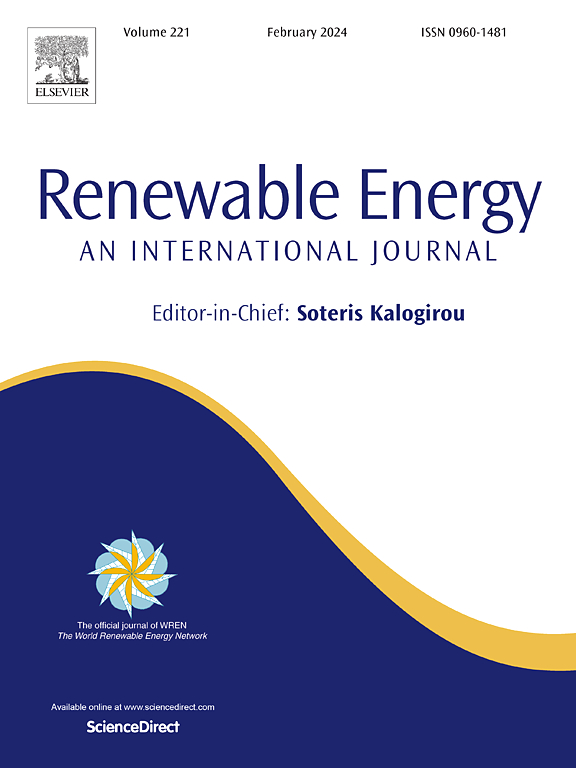Real-time incident detection in geothermal drilling through machine learning
IF 9
1区 工程技术
Q1 ENERGY & FUELS
引用次数: 0
Abstract
Geothermal energy, while a reliable baseload low-carbon resource, only comprise a small fraction of global renewable capacity due to high upfront costs and resource risks. Drilling wells accounts for ∼60 % of capital investment costs, thus finishing wells on-time and within budget has always been a crucial challenge for operators and challenges like fault structures, severe lost circulation, and high temperatures inherent to geothermal systems make this difficult. Early detection is crucial in taking corrective actions before problems escalate and leveraging machine learning (ML) technologies offers the potential to identify patterns that precede hole-related non-productive time incidents, such as stuckpipes or borehole instability.
This research investigates the capability of ML to predict drilling incidents in geothermal wells in New Zealand, even when drilling on total losses. The models were performed on 2-h windows rolling every hour to demonstrate forward prediction. It also demonstrates how systematic and automated feature engineering outperforms naïve and manual feature engineering on incident prediction on several machine learning algorithms.
The study proves that there is a huge potential for utilising ML to create real-time incident detection systems to assist drilling personnel in making decisions during drilling, thereby reducing operational risks and enhancing overall drilling and cost performance.

基于机器学习的地热钻井实时事件检测
地热能虽然是一种可靠的低碳基负荷资源,但由于高昂的前期成本和资源风险,它只占全球可再生能源容量的一小部分。钻井占资本投资成本的60%左右,因此按时、在预算范围内完井一直是运营商面临的一个关键挑战,而断层结构、严重漏失和地热系统固有的高温等挑战都使这一任务变得困难。早期检测对于在问题升级之前采取纠正措施至关重要,利用机器学习(ML)技术可以识别与井眼相关的非生产时间事件(如卡钻或井眼不稳定)之前的模式。本研究调查了ML预测新西兰地热井钻井事故的能力,即使是在钻井完全损失的情况下。模型以每小时滚动2小时的窗口来验证正演预测。它还演示了系统和自动化特征工程如何在几种机器学习算法的事件预测上优于naïve和手动特征工程。该研究证明,利用机器学习创建实时事件检测系统具有巨大的潜力,可以帮助钻井人员在钻井过程中做出决策,从而降低作业风险,提高整体钻井和成本效益。
本文章由计算机程序翻译,如有差异,请以英文原文为准。
求助全文
约1分钟内获得全文
求助全文
来源期刊

Renewable Energy
工程技术-能源与燃料
CiteScore
18.40
自引率
9.20%
发文量
1955
审稿时长
6.6 months
期刊介绍:
Renewable Energy journal is dedicated to advancing knowledge and disseminating insights on various topics and technologies within renewable energy systems and components. Our mission is to support researchers, engineers, economists, manufacturers, NGOs, associations, and societies in staying updated on new developments in their respective fields and applying alternative energy solutions to current practices.
As an international, multidisciplinary journal in renewable energy engineering and research, we strive to be a premier peer-reviewed platform and a trusted source of original research and reviews in the field of renewable energy. Join us in our endeavor to drive innovation and progress in sustainable energy solutions.
 求助内容:
求助内容: 应助结果提醒方式:
应助结果提醒方式:


